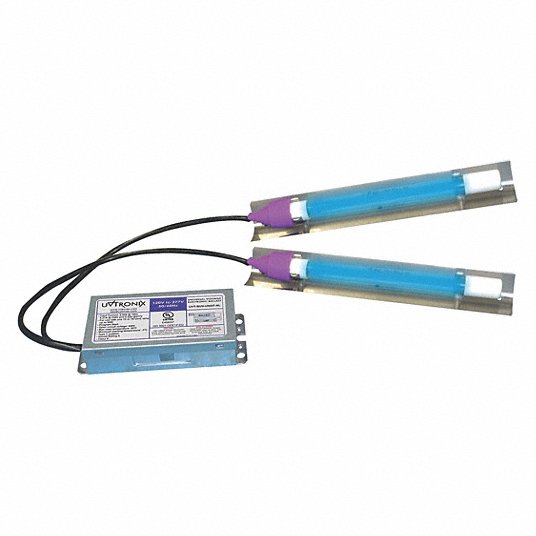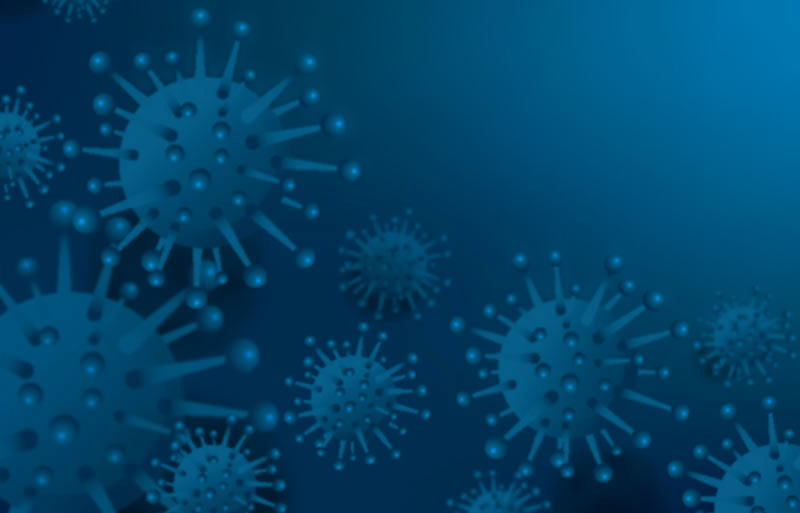Elevate Your Tidiness Requirements with Advanced UV Surface Disinfection Technology
Elevate Your Tidiness Requirements with Advanced UV Surface Disinfection Technology
Blog Article
UV Sanitation: The Cutting-Edge Technology Transforming Hygiene Practices
In the realm of sanitation methods, one modern technology has arised as a game-changer: UV sanitation. From healthcare settings to food handling, UV sanitation is making its mark in different markets.
Just How UV Disinfection Functions
UV sanitation works by using ultraviolet light to destroy or inactivate microorganisms, providing a chemical-free and very reliable technique of cleanliness. This technology takes advantage of the power of short-wavelength UV-C light, which is qualified of harming the DNA and RNA of bacteria, thus making them not able to cause and reproduce harm.
The process starts with the installment of UV disinfection systems, which consist of UV lamps that send out UV-C light. These lamps are tactically positioned in areas where microbial contamination is a problem, such as water treatment plants, healthcare facilities, laboratories, and food processing centers.
When microorganisms are subjected to UV-C light, the photons permeate their cell wall surfaces and reach the DNA and RNA inside. The high-energy UV-C photons disrupt the hereditary product by creating bonds between nearby nucleotides, leading to the formation of thymine dimers. These dimers prevent the bacteria from duplicating, providing them safe.
UV disinfection is extremely efficient versus a vast array of microbes, including bacteria, bloodsuckers, and viruses. It is particularly reliable against waterborne microorganisms like E. coli, Giardia, and Cryptosporidium. Furthermore, UV sanitation is a chemical-free approach, getting rid of the need for potentially harmful anti-bacterials and lowering the risk of harmful sanitation byproducts.
Benefits of UV Sanitation
UV disinfection supplies countless benefits in the field of sanitation, making it a highly preferred technique for efficiently getting rid of harmful microbes. Among the crucial advantages of UV disinfection is its ability to provide a chemical-free solution. Unlike typical sanitation techniques that rely upon chemicals, UV sanitation makes use of ultraviolet light to damage the DNA of microorganisms, providing them not able to replicate and trigger infections. This not only removes the requirement for potentially hazardous chemicals but additionally minimizes the risk of chemical deposit on surface areas.

UV sanitation is likewise extremely functional in its applications. It can be utilized in various settings, including medical facilities, colleges, food processing centers, and water treatment plants. UV disinfection systems can be easily incorporated right into existing sanitation practices, providing an additional layer of security versus infectious conditions.
Along with its performance and versatility, UV disinfection is likewise eco-friendly. It does not produce any kind of harmful byproducts or deposits, making it a risk-free and sustainable technique for hygiene - uv surface disinfection. Moreover, UV sanitation calls for very little maintenance and has a lengthy life expectancy, leading to price savings in the future.
UV Sanitation in Health Care Setups
In medical care settings, UV disinfection has actually become an innovative technique for efficiently getting rid of harmful microorganisms. Making use of UV light to sanitize surfaces and devices has acquired appeal due to its ability to offer an additional layer of security against pathogens. UV sanitation functions by sending out ultraviolet light at a certain wavelength that is deadly to microorganisms, viruses, and other bacteria. This technology uses a number of advantages in medical care setups.
First of all, UV sanitation is a non-chemical method, making it an ecologically friendly option compared to traditional sanitation techniques that commonly involve making use of extreme chemicals. Making use of UV light removes the requirement for chemical disinfectants, minimizing the danger of unsafe deposit or chemical exposure to both individuals and health care employees.
Furthermore, UV disinfection is extremely efficient in eliminating a large variety of bacteria, including drug-resistant bacteria hop over to these guys such as MRSA and C. difficile. It gives a reliable and consistent disinfection procedure, guaranteeing that all surface areas and equipment are extensively sanitized, even in hard-to-reach locations.

UV Disinfection in Food Processing
The application of next UV disinfection expands beyond healthcare setups and locates significant worth in the world of food processing. uv surface disinfection. UV disinfection innovation is ending up being progressively popular in the food sector due to its capability to efficiently eliminate dangerous virus and enhance food security
One of the major advantages of UV disinfection in food processing is its ability to target a vast range of microbes, consisting of bacteria, mold and mildews, and infections. By utilizing UV light at certain wavelengths, it is possible to interrupt the DNA and RNA of these microorganisms, making them unable to create or replicate damage. This modern technology can be applied to numerous phases of the food processing chain, consisting of surface sanitation, equipment sterilization, and water treatment.
UV sanitation supplies a non-thermal and chemical-free technique of sanitizing food items. Unlike traditional sanitation methods that depend on chemicals or warmth, UV technology does not leave any type of residue or modify the preference, appearance, or nutritional value of the food. This makes it an ideal option for sectors that call for rigorous adherence to top quality requirements.
Furthermore, UV disinfection systems are simple to run and mount, needing marginal upkeep. They can be incorporated into existing processing lines without triggering significant disruptions to the production procedure. In addition, UV systems have a fast treatment time, permitting constant handling and lowering downtime.
The Future of UV Sanitation

One location where UV disinfection is expected to make considerable improvements is in the field of medical care. With the increase of antibiotic-resistant bacteria and the requirement for more efficient disinfection approaches, UV light has the possible to play a crucial function in minimizing healthcare-associated infections. UV sanitation systems can be utilized to decontaminate surfaces, tools, and even the air in healthcare centers, assisting to protect against the spread of damaging microorganisms and enhance patient security.
An additional sector that can gain from advancements in UV sanitation technology is the food sector. UV light has already proven to be an efficient approach for decontaminating food and minimizing the threat of foodborne illnesses. As technology enhances, we can anticipate to see more affordable and reliable UV sanitation systems being implemented in food processing plants, making certain that the food we eat is secure and without damaging bacteria.
Final Thought
Finally, UV sanitation is an advanced innovation that is changing cleanliness practices in health care settings and food handling. By utilizing UV light to eliminate or shut off microbes, it provides numerous advantages such as safety, effectiveness, and effectiveness. With recurring developments in this field, UV disinfection holds excellent possible for the future of sanitation, giving a sustainable and trusted solution for keeping tidy and hygienic atmospheres.
UV sanitation is a chemical-free you could try this out method, removing the need for potentially harmful disinfectants and lowering the risk of damaging sanitation byproducts.
Unlike conventional disinfection techniques that count on chemicals, UV sanitation uses ultraviolet light to destroy the DNA of microorganisms, rendering them unable to replicate and cause infections. Unlike conventional sanitation techniques that count on chemicals or heat, UV innovation does not leave any deposit or modify the preference, structure, or nutritional worth of the food. As modern technology enhances, we can expect to see a lot more reliable and economical UV disinfection systems being implemented in food handling plants, making certain that the food we eat is risk-free and cost-free from harmful germs.
In verdict, UV disinfection is an innovative modern technology that is changing sanitation techniques in medical care setups and food handling.
Report this page